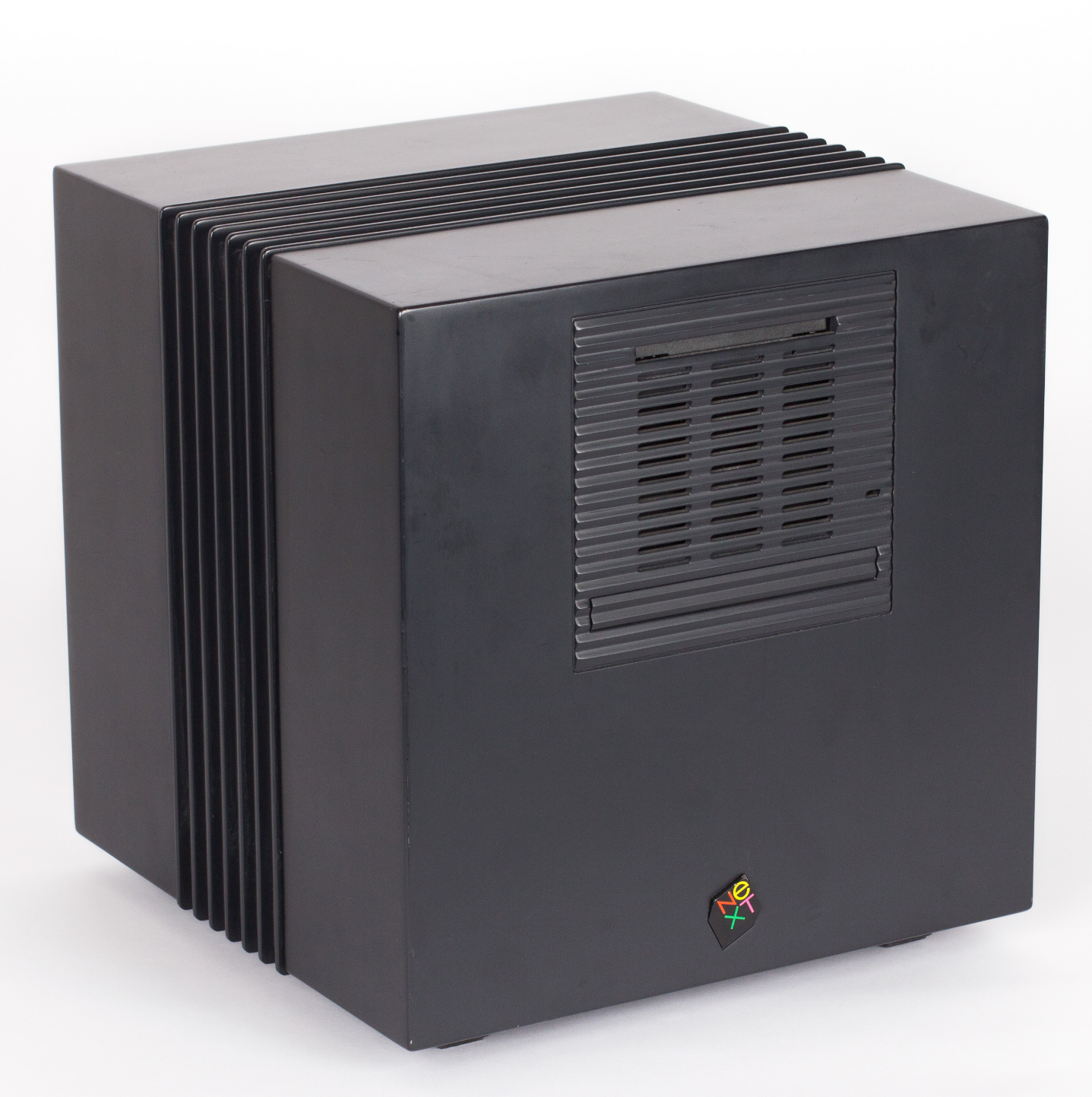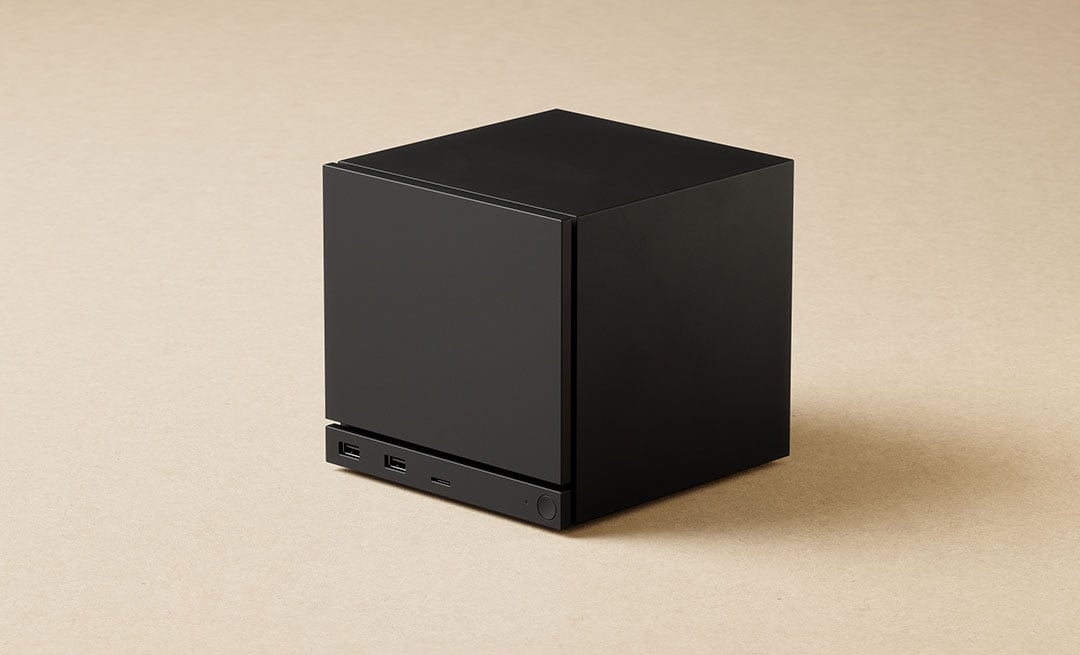The moment I saw the new Steam Machine, it sparked déjà vu.'n'nAnd it wasn’t because it looked like an Xbox, PlayStation, or Switch.
-
The moment I saw the new Steam Machine, it sparked déjà vu.
And it wasn’t because it looked like an Xbox, PlayStation, or Switch. It reminded me of something older—Apple’s Power Mac G4 Cube from 2001. I’m not the only one who noticed, either. People online are already calling it the “GabenCube.”
But here’s the deeper connection: the Power Mac G4 Cube wasn’t Steve Jobs’ first attempt at a cube-shaped computer. A decade earlier, he launched the NeXTCube—his other computer company before Apple bought it out. And truthfully, the Steam Machine looks even closer to the NeXTCube than to the G4 Cube.
Both of Jobs’ cubes were commercial flops. Gorgeous, yes—but total boondoggles. They became symbols of Jobs’ overreach: design triumphs that failed to justify their existence.
Valve’s Steam Machine, though, is different. This isn’t a design gimmick—it’s a practical cube. It exists for a clear purpose: to bring PC gaming into the living room and double as a compact Linux desktop. The cube form factor fits that dual identity perfectly. It looks sleek beside a TV, yet portable enough to move over to a monitor setup.
In doing this, Valve is firing directly across Apple’s bow. The Steam Machine is essentially both a Mac Mini and an Apple TV rolled into one—and this time, it’s built with gamers in mind.
And let’s not pretend Apple doesn’t care about gaming. There’s a reason Apple Stores display the Apple TV alongside a PlayStation DualSense controller. They’ve been quietly positioning it as a casual gaming console.
So if the Steam Machine takes off, it’s poetic—a kind of Revenge of the Cube. Steve Jobs dreamed of making the cube computer mainstream. Gabe Newell might actually pull it off.

-
The moment I saw the new Steam Machine, it sparked déjà vu.
And it wasn’t because it looked like an Xbox, PlayStation, or Switch. It reminded me of something older—Apple’s Power Mac G4 Cube from 2001. I’m not the only one who noticed, either. People online are already calling it the “GabenCube.”
But here’s the deeper connection: the Power Mac G4 Cube wasn’t Steve Jobs’ first attempt at a cube-shaped computer. A decade earlier, he launched the NeXTCube—his other computer company before Apple bought it out. And truthfully, the Steam Machine looks even closer to the NeXTCube than to the G4 Cube.
Both of Jobs’ cubes were commercial flops. Gorgeous, yes—but total boondoggles. They became symbols of Jobs’ overreach: design triumphs that failed to justify their existence.
Valve’s Steam Machine, though, is different. This isn’t a design gimmick—it’s a practical cube. It exists for a clear purpose: to bring PC gaming into the living room and double as a compact Linux desktop. The cube form factor fits that dual identity perfectly. It looks sleek beside a TV, yet portable enough to move over to a monitor setup.
In doing this, Valve is firing directly across Apple’s bow. The Steam Machine is essentially both a Mac Mini and an Apple TV rolled into one—and this time, it’s built with gamers in mind.
And let’s not pretend Apple doesn’t care about gaming. There’s a reason Apple Stores display the Apple TV alongside a PlayStation DualSense controller. They’ve been quietly positioning it as a casual gaming console.
So if the Steam Machine takes off, it’s poetic—a kind of Revenge of the Cube. Steve Jobs dreamed of making the cube computer mainstream. Gabe Newell might actually pull it off.

@atomicpoet@atomicpoet.org I actually had to think of the GabeCube vs the GameCube from Nintendo. This of Apple is totally unknown to me.
-
The moment I saw the new Steam Machine, it sparked déjà vu.
And it wasn’t because it looked like an Xbox, PlayStation, or Switch. It reminded me of something older—Apple’s Power Mac G4 Cube from 2001. I’m not the only one who noticed, either. People online are already calling it the “GabenCube.”
But here’s the deeper connection: the Power Mac G4 Cube wasn’t Steve Jobs’ first attempt at a cube-shaped computer. A decade earlier, he launched the NeXTCube—his other computer company before Apple bought it out. And truthfully, the Steam Machine looks even closer to the NeXTCube than to the G4 Cube.
Both of Jobs’ cubes were commercial flops. Gorgeous, yes—but total boondoggles. They became symbols of Jobs’ overreach: design triumphs that failed to justify their existence.
Valve’s Steam Machine, though, is different. This isn’t a design gimmick—it’s a practical cube. It exists for a clear purpose: to bring PC gaming into the living room and double as a compact Linux desktop. The cube form factor fits that dual identity perfectly. It looks sleek beside a TV, yet portable enough to move over to a monitor setup.
In doing this, Valve is firing directly across Apple’s bow. The Steam Machine is essentially both a Mac Mini and an Apple TV rolled into one—and this time, it’s built with gamers in mind.
And let’s not pretend Apple doesn’t care about gaming. There’s a reason Apple Stores display the Apple TV alongside a PlayStation DualSense controller. They’ve been quietly positioning it as a casual gaming console.
So if the Steam Machine takes off, it’s poetic—a kind of Revenge of the Cube. Steve Jobs dreamed of making the cube computer mainstream. Gabe Newell might actually pull it off.
 @atomicpoet It looks like a gamecube with the under-device extra modules and without a disc drive.
@atomicpoet It looks like a gamecube with the under-device extra modules and without a disc drive. -
@atomicpoet@atomicpoet.org I actually had to think of the GabeCube vs the GameCube from Nintendo. This of Apple is totally unknown to me.
Trinsec Okay, but have a look at the NeXTCube, which was a precursor to the Power Mac G4 Cube. Now it looks way more like the Steam Machine.

-
@atomicpoet It looks like a gamecube with the under-device extra modules and without a disc drive.
LisPi I know what you mean, but now take a look at the NeXTCube next to the Steam Machine. They’re even more similar.

